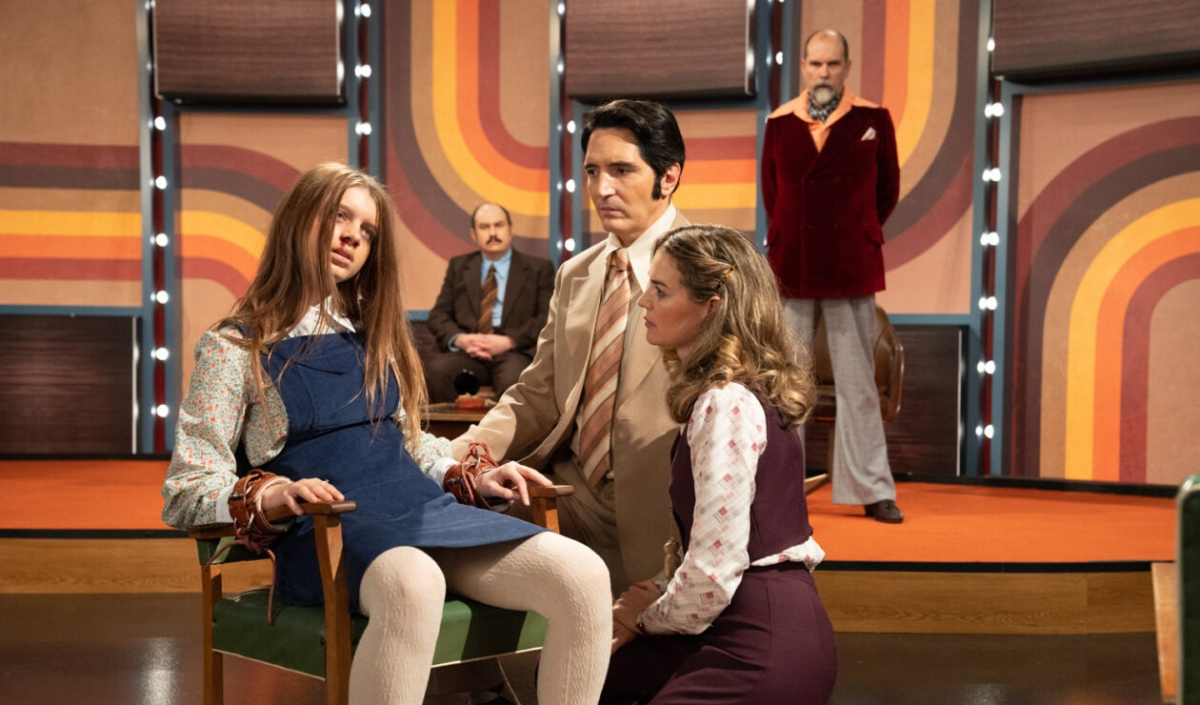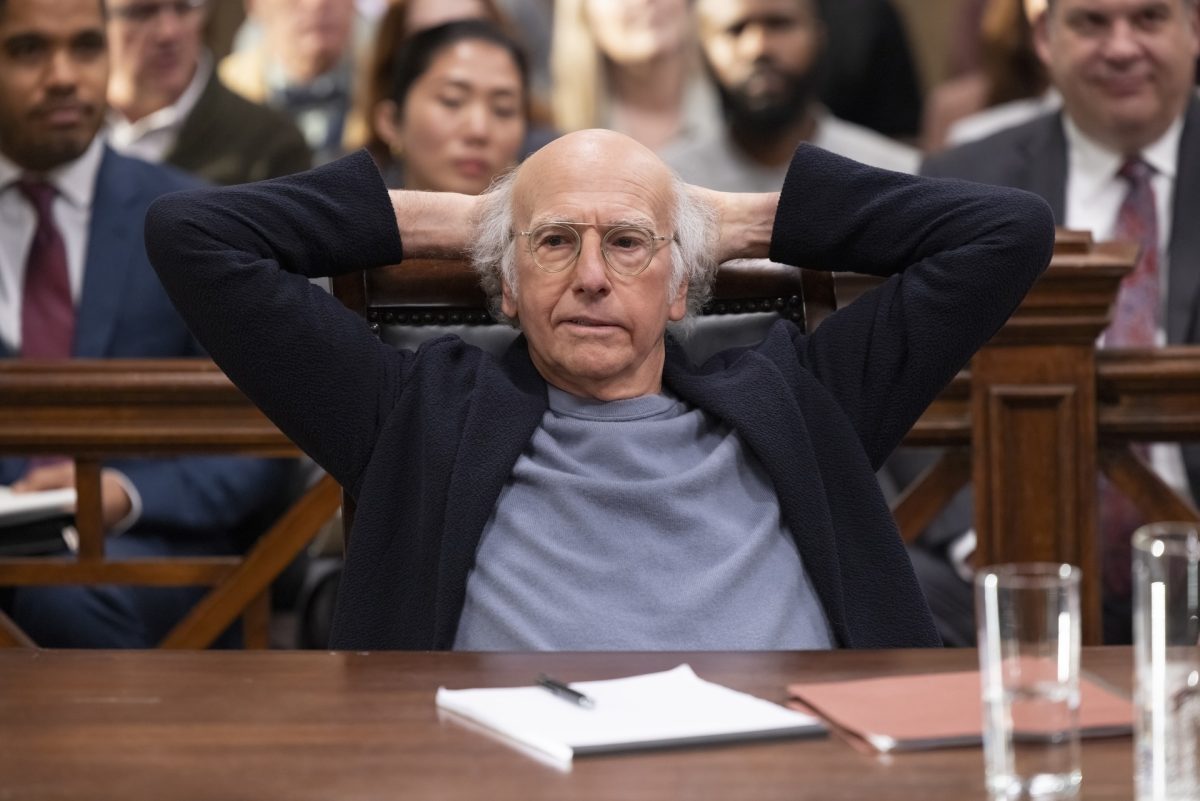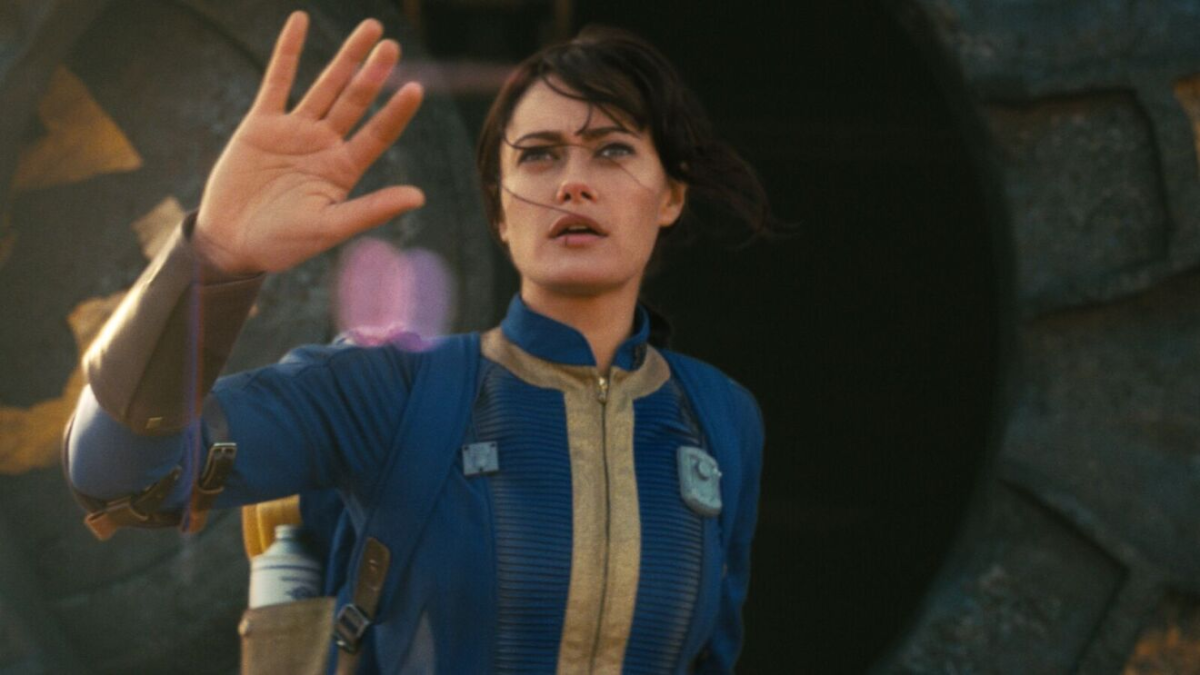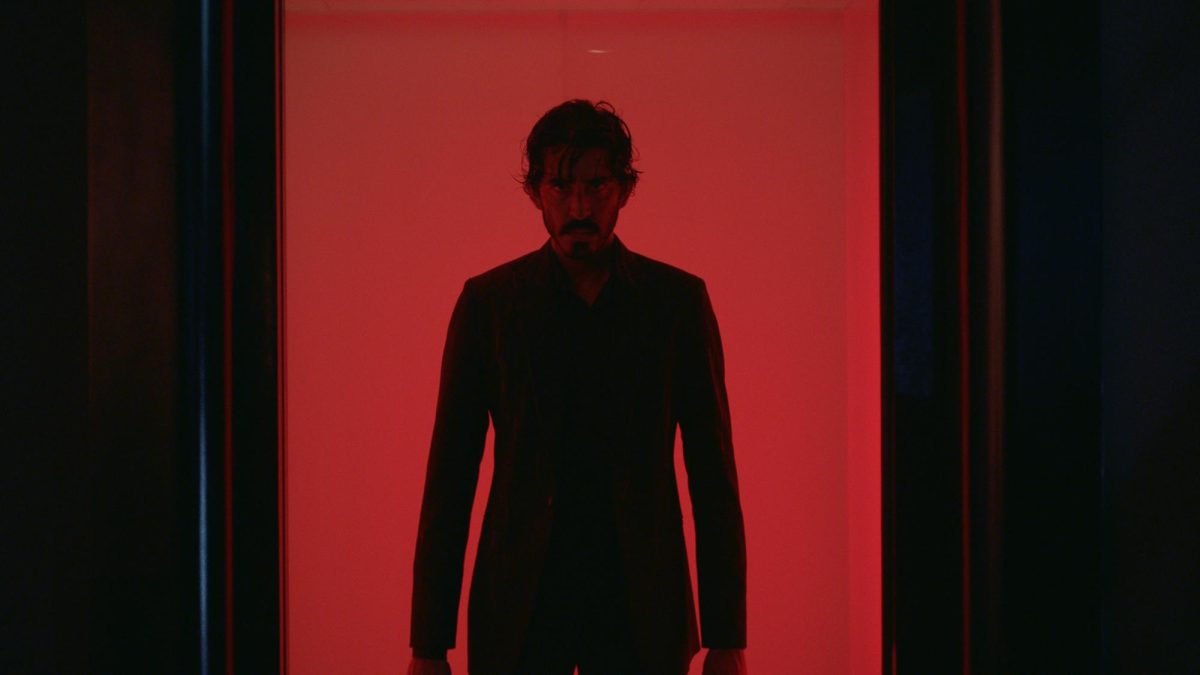When Austin’s main airport was moved from Mueller to Bergstrom in 1999, an expanse of empty aircraft hangars was left behind. In them, Austin-based film director Richard Linklater envisioned the future of the city’s film industry.
“Rich was a visionary, he saw a studio,” veteran radio-television-film professor Charles Ramírez Berg said.
Linklater convinced Austin City Council a studio would be a viable economic resource, and his Austin Film Society agreed to run it in exchange for access to the hangars.
Seventeen years later, Austin draws millions of dollars in the form of dozens of corporate and independent film productions each year. With hits such as “True Grit” and “Spy Kids” and indie pictures such as “Boyhood,” not to mention the flocks of celebrities who fly here for SXSW and the Austin Film Festival, Austin has established itself as a film powerhouse.
Two directors constitute the core of the city’s vibrant film community: Linklater and alumnus Robert Rodriguez, who now houses his studio, Rooster Teeth Productions, on the same former airport site as Linklater’s. After breakout independent successes such as Linklater’s “Slacker” and Rodriguez’s “El Mariachi,” others might have moved away to Los Angeles to continue filming and making names for themselves. But Linklater and Rodriguez stayed in Austin.
Ramírez Berg, who taught Rodriguez, said this decision was a bold move.
But it was far from Linklater’s last. In 1985, he founded the Austin Film Society for local film enthusiasts, filmmakers and industry organizers. This further jump-started Austin’s indie production industry.
“If you wanted to see a film, if you wanted to make a film, if you wanted to get together with people and make a film — all of that had a center with the Austin Film Society,” Ramírez Berg said.
Geography professor Robin Doughty attributes Austin’s film popularity not only to its talented community, but its location. Austin has different landscapes, with hill country to the west, blackland prairies and forests to the east, diverse rural landscapes on its periphery and a bustling city center.
Radio-television-film professor Kathryn Fuller-Seeley said the advantageous landscape is not the only reason the city is a popular filming location.
“[Austin] has a synergy of talent between a really awesome town, really talented people and a great program that gave people the opportunity to study and make connections,” Fuller-Seeley said.
Ramírez Berg said while these aforementioned factors are important, it’s the local film community’s team spirit that makes it a great place to make movies.
“Filmmaking here is communal [and] supportive,” Ramirez-Berg said. “Whereas in Hollywood, for every job, there’s 50,000 people who want it and will run you over to get it. [Austin] is not cutthroat, it’s not backstabbing — if you want to make a movie, let’s make a movie.”
Without corporate anchors, this openness comes with a price. Fuller-Seeley said students shouldn’t take the local industry for granted.
“Austin’s film and creative business needs to keep being nurtured,” Fuller-Seeley said. “Support local filmmakers, go to festivals and don’t be afraid to shoot films.”
This enthusiasm drives the community support at the core of the city’s film success. That’s why despite topping box office charts and standing on Academy Award stages, Linklater, Rodriguez and, most famously, Matthew McConaughey, have stayed in town — for them, there’s no place like home.





















